Classic Car Resources
Along with a well-tuned engine and properly inflated tires, classic car maintenance includes fresh, clean oil and proper coolant.

Classic Car Maintenance
Best Oil for Classic Cars
***************************
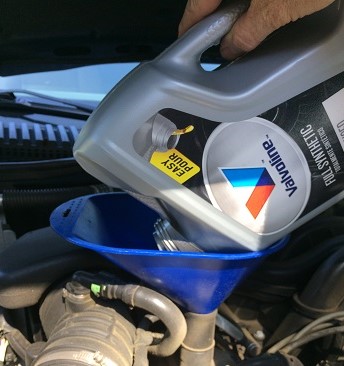
Best Oil For Daily Drivers
***************************
Garage Workshop
Automotive Restoration Tools and Equipment
Garage Workshop Overview
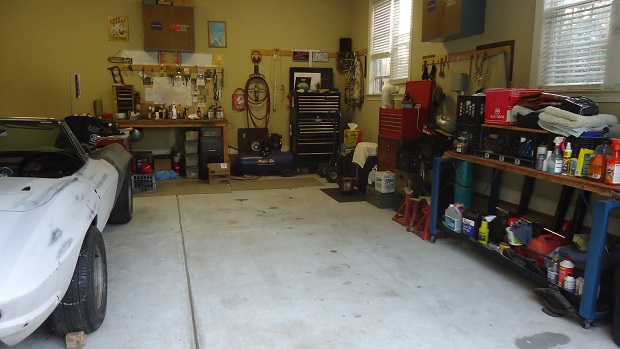
Set Up Your Garage
***************************
Best Metal Gas Can
Well-designed and rugged, the Wavian Jerry Can is the gold standard for safe, portable gasoline storage. Their serviceable life is often 50 years or longer.
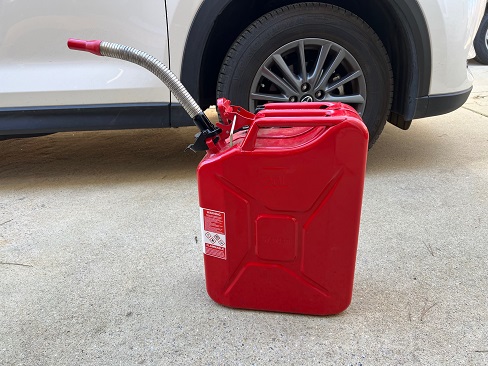
Read: Wavian Metal Gas Can Review
***************************
Automotive Restoration Articles:
What Is Old Car Restoration?
Restore A Car On A Budget
Project Car Buyers Guide
Restore A Muscle Car
***************************
Build A T-Bucket
To build a T-bucket fifty years ago, you'd have to have been a mechanic, welder, and painter, and also know how to lay fiberglass and do upholstery. Today, it's a whole lot easier.
Build A T-Bucket

Hot Rods and Customs
***************************
Hand Tools
Always buy the best hand tools you can afford - they reduce fatigue and last a lifetime. Quality tools will be kept and used for generations to come.
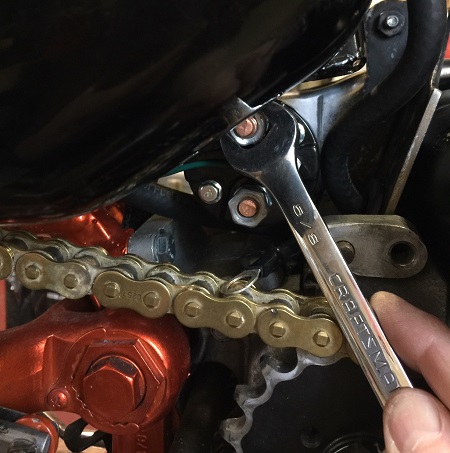
Read: Best Hand Tools For Automotive
***************************
Air-Cooled Beetles
Perhaps it's because we live in a such a complex time and place, that we just naturally gravitate toward simple things. And in the world of classic cars, that's the air-cooled Volkswagen Beetle.

Restore An Old Beetle
VW Beetle History
***************************
Automotive tires have a limited lifespan. Manufacturers suggest that any tires over six-years old should not be driven on at all, regardless of their condition.
Classic Car Tires Overview

Raised White Letter Tires For Classic Cars

Bias Ply Tires
***************************
Recommended Classic Vehicle Sites
Jeep Lovers Website - Comprehensive and fun guide to choosing, buying, owning and using Jeeps, old and new, off road and on. Recommended viewing for all Jeep Lovers!

Classic Motorcycle Build - How-to articles, pictures, history, and information on classic and old-school custom motorcycles.
***************************
Go Karts and Mini Bikes
Vintage Go-Kart Build

Restore An Old Go-Kart
Classic Mini-Bike Build

Minibike History
***************************
Having a battery jump pack with you when traveling means never getting stranded with a dead battery. They're also handy for motorcycles, ATV's, or any other vehicle that doesn't get driven regularly.
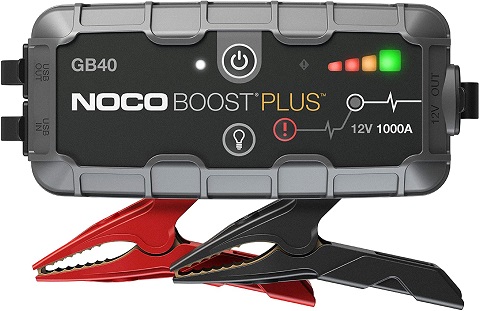
Battery Jump Pack Review
***************************
Keeping an old vehicle outside subjects them to sun damage, bird droppings, tree sap, dirt and dust. Without a proper cover, your paint can get damaged quickly.

Best Outdoor Car Cover
***************************
MotorMouthRadio - If you like cars and like to laugh, check out in Chris and Ray's podcast.
***************************
My Daily Driver
Aside from getting me back and forth to work faithfully and comfortably, my Sport-Trac has transported bicycles, motorcycles, go karts, kayaks, kids, lumber, mulch, furniture, kitchen appliances, engines, transmissions, tires, wheels, and on occasion has made trips to the local dump site.
Ford Explorer Sport-Trac Review

Difference Between 4.0 OHV and SOHC
***************************